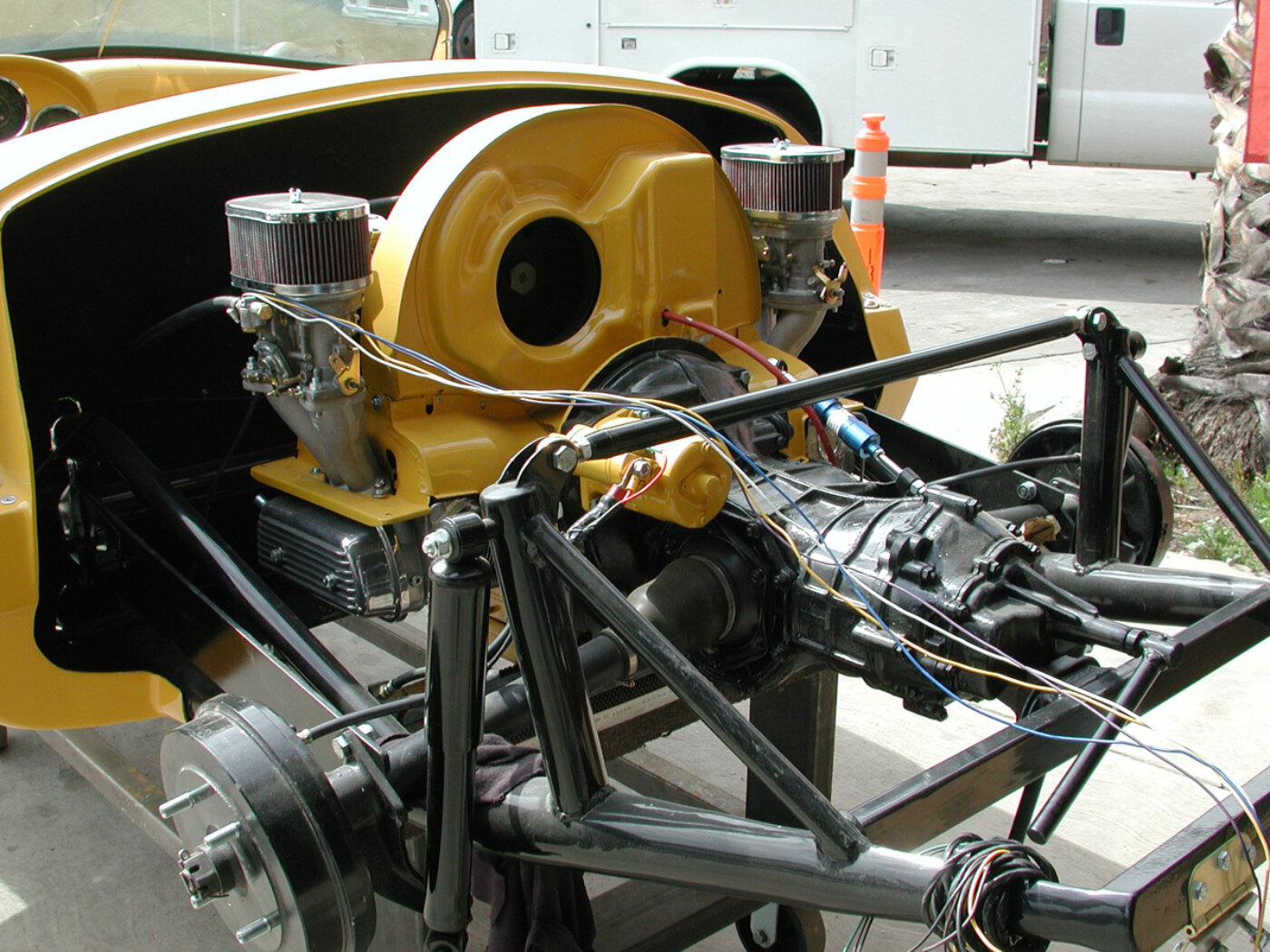
Donor car overview in the modern kit car industry
By Jim Youngs, Editor Emeritus
It’s inevitable I suppose, that we get a lot of questions about donor cars. That is, production vehicles serving a new custom car project by willingly signing a donor card to specify which organs (components) are to be harvested, so that another car can live a long and healthy life. Truthfully, it’s recycling at it’s best.
The whys of a certain production car being the base for a kit car can be as easy as what works for certain design factors, such as the ideal wheelbase, along with windshields, suspension components and powertrains that are readily available.
Cases in point are two original-design component cars (K-1 Attack and McLela/Blaze) that were partially designed to take advantage of production car windshields, since they had the desired shapes and could easily be replaced inexpensively if necessary.
In researching for his next sports car, the Attack’s progenitor, for example, wanted something with the aura of an NSX to help appeal to the burgeoning tuner car crowd. Since it was planned that the Attack would have some Honda-based components, it didn’t take too long to realize that an Accord’s windshield (and indeed lots of other Accord donor parts) would be a great choice since it appeared that the NSX shared that front glass.
On the other hand, the McLela/Blaze project just called for a cheap, off-the-shelf windshield with a modern shape, even though most of the donor mechanicals were taken from the venerable VW Beetle. It used Honda Civic glass glued into the kit’s fiberglass frame. These two examples are not isolated occurrences of how project cars get designed either.
Over the 20-plus years involved with the component car biz we’ve seen plenty of production cars used as donors for various projects. There have even been several so-called “single-donor” projects, such as the original Factory Five Racing Cobra replica, that utilize as many components as possible from a tired Mustang heading for the glue factory.
But we’ve also seen the converse of that with required components coming from multiple sources. I recall one builder that used a Corvette windshield turned upside down, a Cadillac trunk release, a Lincoln Versailles rearend, Ford Pinto front control arms and bucket seats from a Chevy II—all for a single project! Thankfully some of those mismatched parts scenarios are a thing of the past.
Of course, the automotive aftermarket has changed much of the parts sourcing to build a custom car these days, to a point of being able to pick up the phone or visit a website and order virtually all the brand-new components necessary to complete a project car.
Well, we’ve come a long way from the project cars of our history. Specifically, with regard to kit cars, our origins are steeped in Volkswagens. The venerable Bug is still with us of course, but it seems like fewer and fewer complete VW pans are being used these days. Instead we see a lot of tubular chassis being fabricated to still utilize VW’s front and rear suspensions. And the air-cooled VW engines find their way into the still strong Porsche replica and dune buggy worlds. There is a very active VW aftermarket, too, that makes using these components a sound choice as they are relatively inexpensive and available as new components.
While on the topic of Porsche 356, 550, and 718 replicas, as well as dune buggies, we’re seeing more and more Subaru powerplants supplanting VW mills today. These boxer-style mills make a lot of sense too as they provide modern muscle in an attractive package. Subaru engines and transaxles are also heavily supported in the aftermarket with plenty of options for producing monster horsepower in these compact packages.
Even though the Volkswagen donor refuses to die, the late ‘80s Pontiac Fiero came on real strong not too many years ago as a perfect donor platform for Lamborghini and Ferrari replicas. That mid-engine Poncho sports car could be relatively easily stretched and stuffed with monster engines to a point where excellent clones of those high-dollar exotics couldn’t be distinguished from the real thing. So much so that Lambo and Ferrari lawyers took notice and pushed those clone makers out of business or way underground. The Fiero as a donor platform has pretty much disappeared from the kit car scene.
The absolute darling of the donor car ranks these days is the Mazda Miata. There doesn’t seem to be any shortage of project vehicles either utilizing the engine and suspension parts from these mini sports cars. Cars such as the new Catfish, Exocet, and Healy Enigma, along with a huge number of Lotus Seven Inspired Sportscars (LSIS) (like Westfield, Zero and others) take full advantage of readily available donor parts and a performance aftermarket loaded with goodies to help push the limits of speed and handling.
The 5.0 Mustang has had a bright spot in the donor car ranks for quite some time. Few can argue with the performance potential of its line-up of V-8 engines ranging from the original 302ci, the various iterations of the 4.6 so-called mod motor and now the versions of the Coyote. The Mustang also regularly gives up brakes, front suspension configurations and rear ends that work in numerous custom car projects.
Also popular donor car parts can be salvaged from Corvettes, particularly lightweight suspension and brake parts from C4 and C5 models.
The Porsche Boxster has been around long enough that prices for used models are attractive. And there was a period not too long ago when builders of exotic replicas touted the obvious advantages of a mid-engine Porsche as a natural platform for Lambo and Porsche GT replicas, but it seemed to be rather short lived.
What other cars do we see coming along that are donating parts to cool projects? Several are noted this issue, and we are just now seeing the BMW Z3 being employed as the foundation for a couple of exciting rebody projects. The stylish Bertini from the UK is already making waves and the promising new ZGT from Reaction Research is nearly ready to launch. There’s even a Cobra-esque rebody, cleverly referred to as the Kobra.
What are some future organ donors? They’re probably hidden right in plain view. Let us know if you’ve got one in the works, as there’s never a lack of ingenuity among car building enthusiasts.

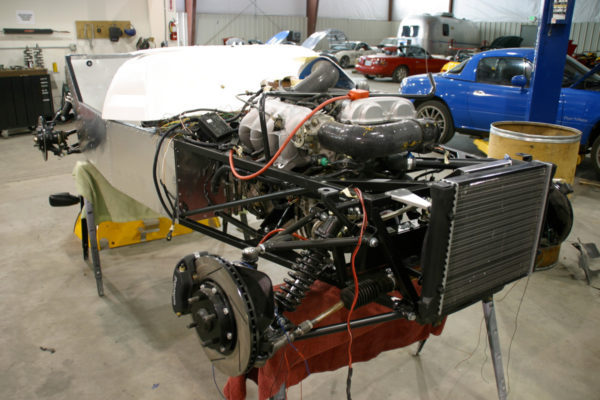
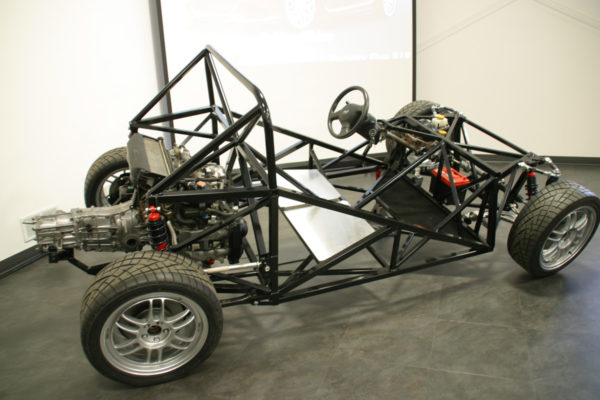
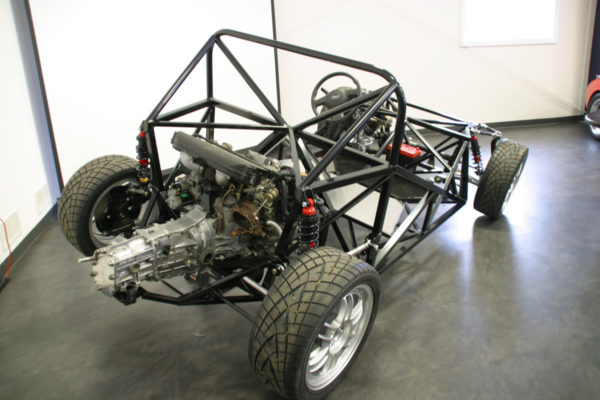
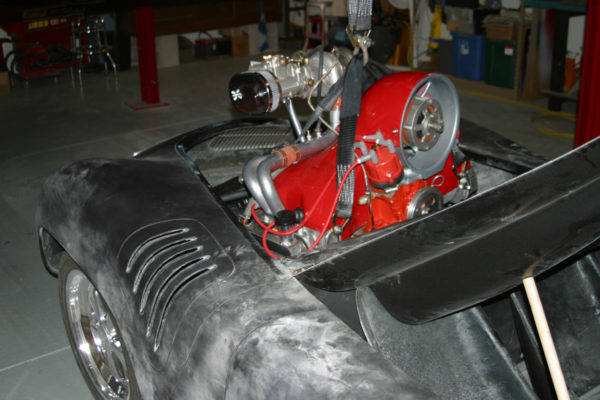
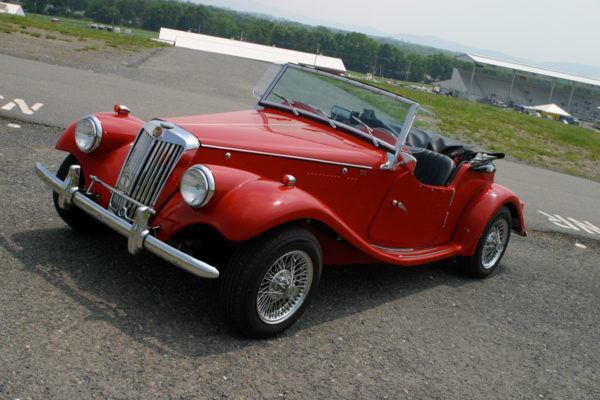
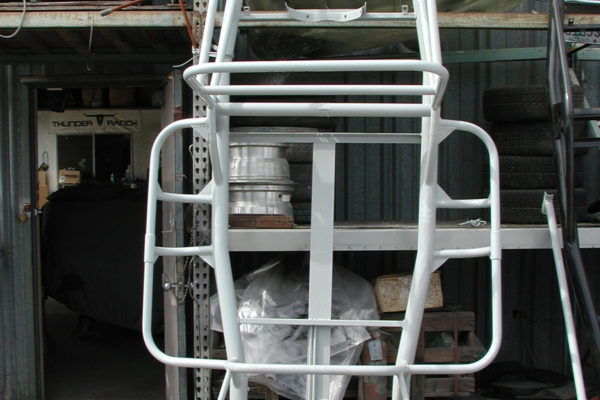
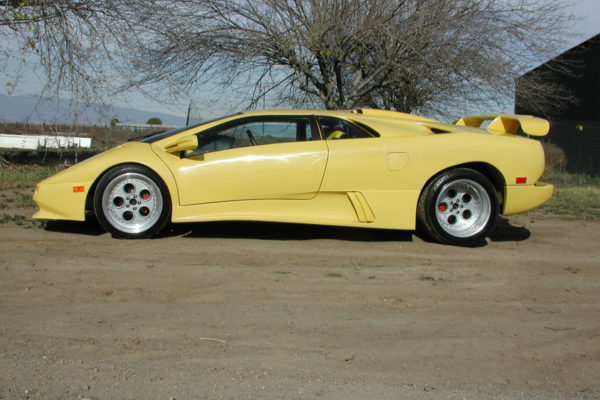
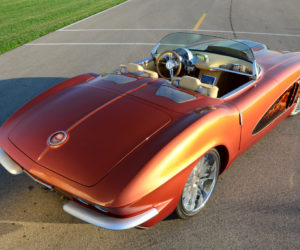
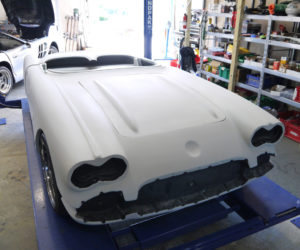
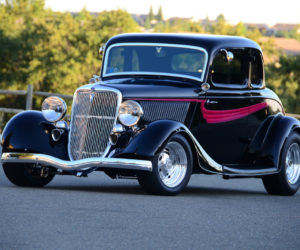
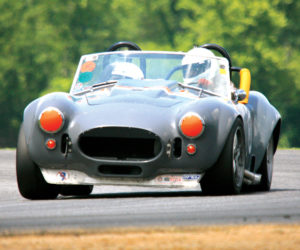
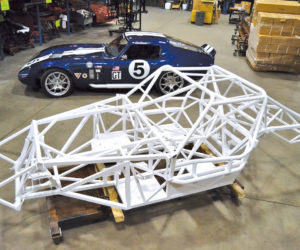
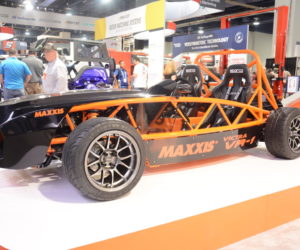




Comments for: ORGAN DONORS
comments powered by Disqus